Figurative Language Fun Reading and Writing
Who likes figurative language? Everybody does! (That’s hyperbole.) The great thing about it is you can say something is something it’s not and get away with it (using a metaphor)! When you’re at a loss for words, just use “like” or “as” to try to explain what you mean (with a simile). You can make words out of sounds like a teacher’s favorite “shhhhhh” (that’s onomatopoeia). Plus, listen to just about any song and you’ll hear figurative language because that’s how awesome it is!
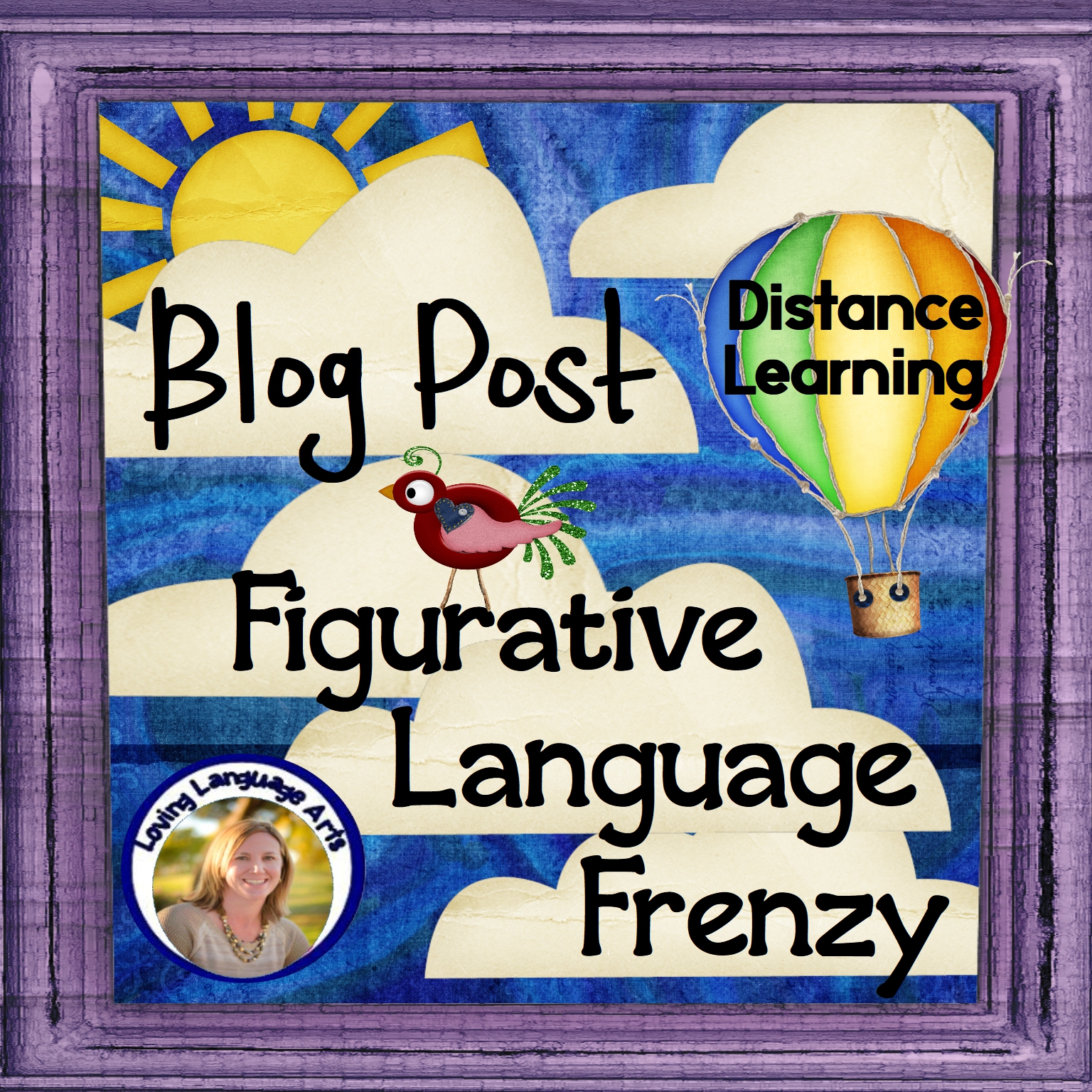
1. Let’s Start By Defining Some Common Figurative Language Terms:
- personification: attributing human traits and qualities to something not human, such as an animal. I don’t think Disney could exist without this!
- simile: a comparison that uses “like” or “as” such as “I’m as hangry as a bear.”
- metaphor:something is said to be something else or do something else in order to suggest a similarity between them. Like, “You are such an angel!”
- idiom: a commonly used phrase that isn’t meant to be taken literally because then it would make no sense! For example, “He kicked the bucket” has nothing to do with kicking a bucket. These are troublesome when you’re learning a language.
- hyperbole:The use of exaggeration for emphasis or to create a strong impression
- onomatopoeia:The formation of a word by imitation of a sound made by an object, person, or animal like “woof, woof.”
- repetition/parallelism:Quite simply, repetition is the repeating of a word or phrase. It is a common rhetorical device used to add emphasis and stress in writing and speech.
- alliteration: the occurrence of the same letter or sound at the beginning of adjacent or closely connected words. For example, the ice cream “Cocoa Mocha Macaroni”
2. Play Bingo Using Terms From This Comprehensive List: Holy smokes! This website defines a huge amount of figurative language and literary devices. I was thinking this could really help you if you want to make Literary Terms Bingo. For that you would make the bingo board with terms, and then instead of announcing the terms, you would announce the definitions. Sounds fun, right?
3. You’re a Mean One, Mr. Grinch: Ok, so I watched a LOT of videos online that attempted to teach figurative language, and I gotta say (sorry, but) they weren’t that great. I couldn’t recommend a single one. And then I got the idea to listen to the Christmas song about the Grinch and it’s perfect! You can have students watch the video and ask them to find similes, metaphors, and hyperbole. There are two similes right off the bat, and then metaphor galore, and also hyperbole such as “I wouldn’t touch you with a thirty-nine-and-a-half foot pole!” Here are the rest of the words:
You’re a mean one, Mr. Grinch
You really are a heel
You’re as cuddly as a cactus
You’re as charming as an eel
Mr. Grinch
You’re a bad banana
With a greasy black peel
You’re a monster, Mr. Grinch
Your heart’s an empty hole
Your brain is full of spiders
You’ve got garlic in your soul
Mr. Grinch
I wouldn’t touch you
With a thirty-nine-and-a-half foot pole
You’re a vile one, Mr. Grinch
You have termites in your smile
You have all the tender sweetness
Of a seasick crocodile
Mr. Grinch
Given the choice between the two of you
I’d take the seasick crocodile
You’re a foul one, Mr. Grinch
You’re a nasty, wasty skunk
Your heart is full of unwashed socks
Your soul is full of gunk
Mr. Grinch
The three words that best describe you
Are as follows and I quote, “Stink, stank, stunk”
You’re a rotter, Mr. Grinch
You’re the king of sinful sots
Your heart’s a dead tomato splotch
With moldy purple spots
Mr. Grinch
Your soul is an appalling dump heap
Overflowing with the most disgraceful assortment of deplorable
Rubbish imaginable
Mangled up in tangled up knots
You nauseate me, Mr. Grinch
With a nauseous super-naus
You’re a crooked jerky jockey
And you drive a crooked horse
Mr. Grinch
You’re a three-decker sauerkraut and toadstool sandwich
With arsenic sauce
Source: LyricFind/Songwriters: Albert Hague / Theodore S. Geisel/You’re a Mean One, Mr. Grinch lyrics © Sony/ATV Music Publishing
4. Song Lyrics: Song lyrics are PERFECT for finding figurative language. Ask students to share some examples, and they will be right on it!! Ask them to bring in lyrics and have the figures of speech already labeled and ready to share. And you may want to tell them to only bring in appropriate ones. Here are Kenny Chesney’s lyrics I love that aren’t really appropriate to share with kids (hypocrite?) but I want to share with you: “One bottle of wine, two dixie cups, three a.m. I fell in love, for the first time in my life.” Oh my goodness, I got chills again writing that.
5. It Came From Planet Simile Drawing Fun: Have students draw this creature, the creature from planet Simile.
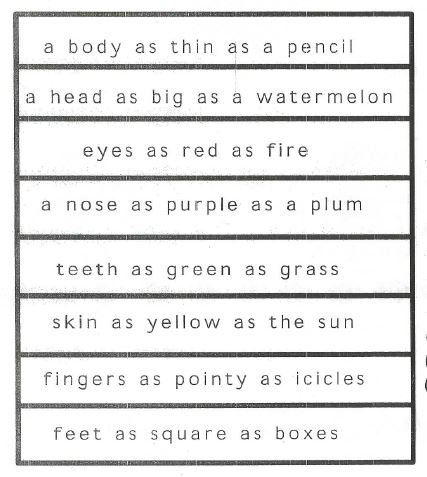
6. Jack London’s stories, novels, and articles: This guy, in the early 1900s really knew his way around figurative language. For example, there’s “The Call of the Wild,” “To Build a Fire,” “Stories of the North,” “The Story of an Eyewitness,” etc. Or how about use this FREE lesson I made and you don’t even need the book for it. I did all the hard work of finding examples of figurative language in “The Call of the Wild” and then made a worksheet for kids to label them.
7. Alliteration Fun: Have you heard of Jack Prelutsky’s poem “Bleezer’s Ice Cream”? I just found it today and it’s not only a funny list of ice cream flavors, but it is also full of alliteration. Check it out:I made these graphic organizers using clip art from Erin Bradley Designs and am including them in my FREE CREATIVE GRAPHIC ORGANIZERS PACK (different colors and cone combinations). I think they would be perfect for listing some alliteration examples.
8. FREE Figurative Language Frenzy Webquest: I made this with distance learning in mind and some great short reading selections I know of that contain figurative language galore, such as “All Summer in a Day” and “There Will Come Soft Rains” by Ray Bradbury (which has the elusive, hard-to-find dramatic irony), Barack Obama’s 2008 acceptance speech which repeats “Yes we can,” Jack London’s article about the 1908 San Francisco Earthquake/Fire that appeared in Collier’s Magazine, and a modern-day article about the same event. You should get it for your students:
 9. Which Simile Symbolizes Me?: Here’s ANOTHER FREE lesson I wrote, and this time it has to do with writing. It gets students to write similes about themselves and then do a related mandala art activity. It is available in Google Slides or PDF. You should check it out. You can see more samples done by kids of all ages in my blog post:
9. Which Simile Symbolizes Me?: Here’s ANOTHER FREE lesson I wrote, and this time it has to do with writing. It gets students to write similes about themselves and then do a related mandala art activity. It is available in Google Slides or PDF. You should check it out. You can see more samples done by kids of all ages in my blog post:
10. Bragging and Boasting Using Similes and Hyperbole Writing Activity: If you’re still reading, thank you for hanging in there! I give you yet again another FREE writing lesson that has always proven to motivate the most reluctant of writers and bring joy to the classroom (or home with Google Slides). It leads them step-by-step in writing about something they are okay at and making it sound like they are the best ever at it. You can see a sample in my blog post about it.
11. THREE MORE FREE READING LESSONS: These are for students to read “There Will Come Soft Rains“ and “All Summer in a Day“ by Ray Bradbury which are both packed with figurative language(and there’s me using Theresa Hernandez’s designs again). AND I made a WebQuest Practice Test “Smart Homes in Utopia and Dystopia” that engages students in reading multiple fiction and nonfiction online authentic sources around an awesome theme:
Click below for FREE ELA PRACTICE TESTS – each targeting specific reading, writing, language, and speaking/listening/viewing standards.
Check out these GRADE-SPECIFIC test prep books with practice tests that target EVERY GRADE-SPECIFIC READING INFORMATIONAL TEXT STANDARD, one by one. An added bonus is that students LOVE the texts! In Easy-Print or Self-Grading Online Versions.
The 6th Grade Practice Tests Test Prep Workbook “is a high quality, beautifully-aligned resource. It is no-frills, to the point, yet high-interest for students. It is helping us prepare for standardized testing in a hybrid, synchronous, difficult year.”
How about save this pin to your “Figurative Language & Literary Devices” Board so that you can come back to this post again?


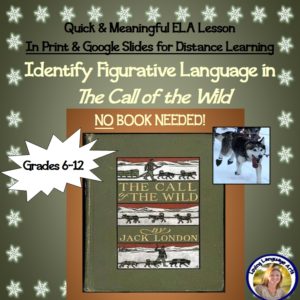






















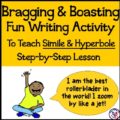



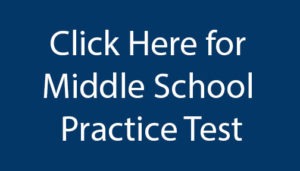


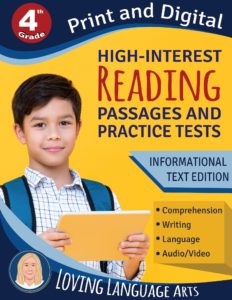
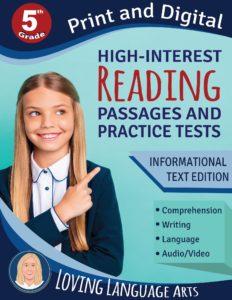
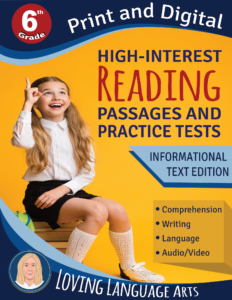
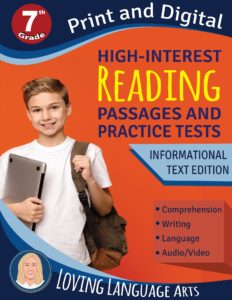

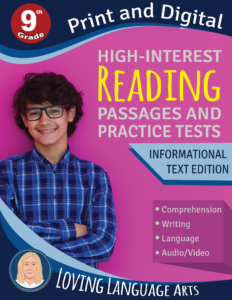
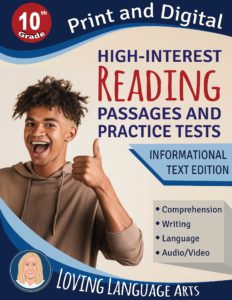
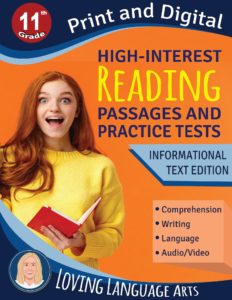
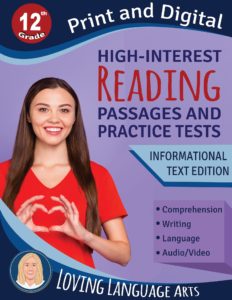
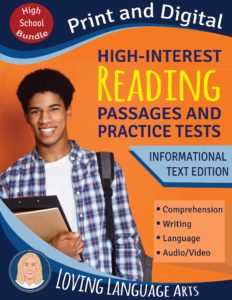
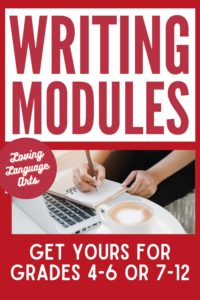
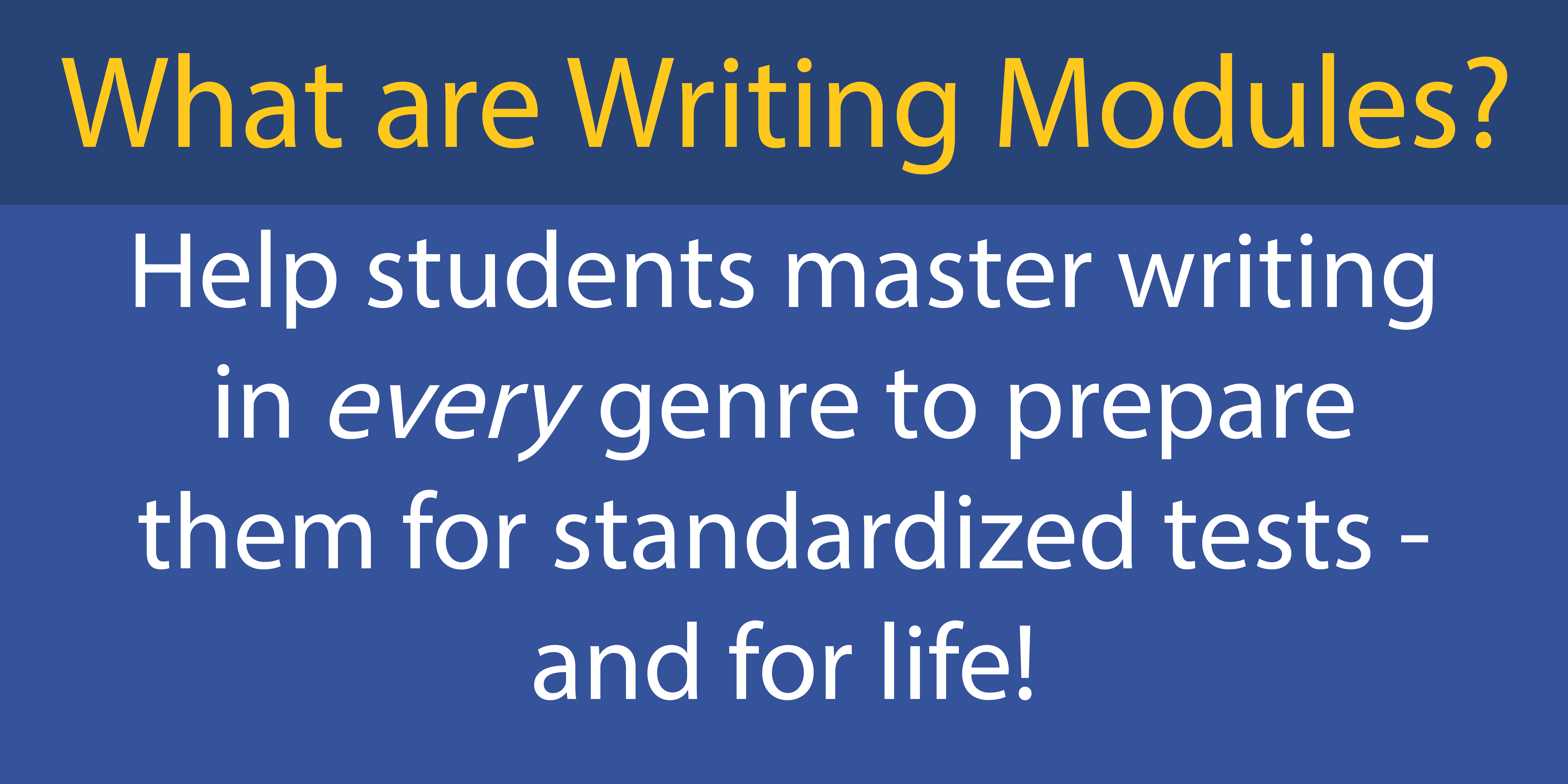
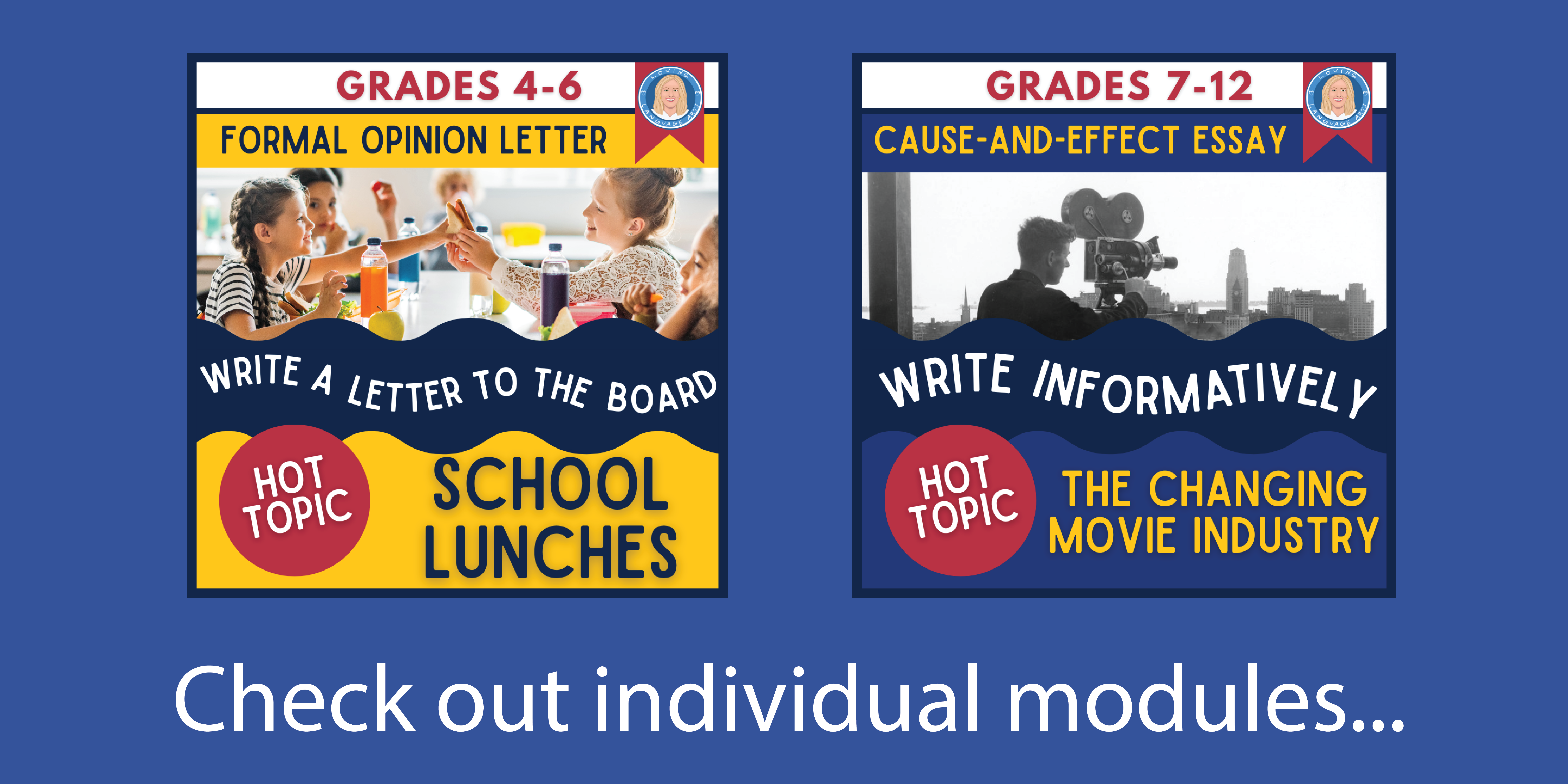
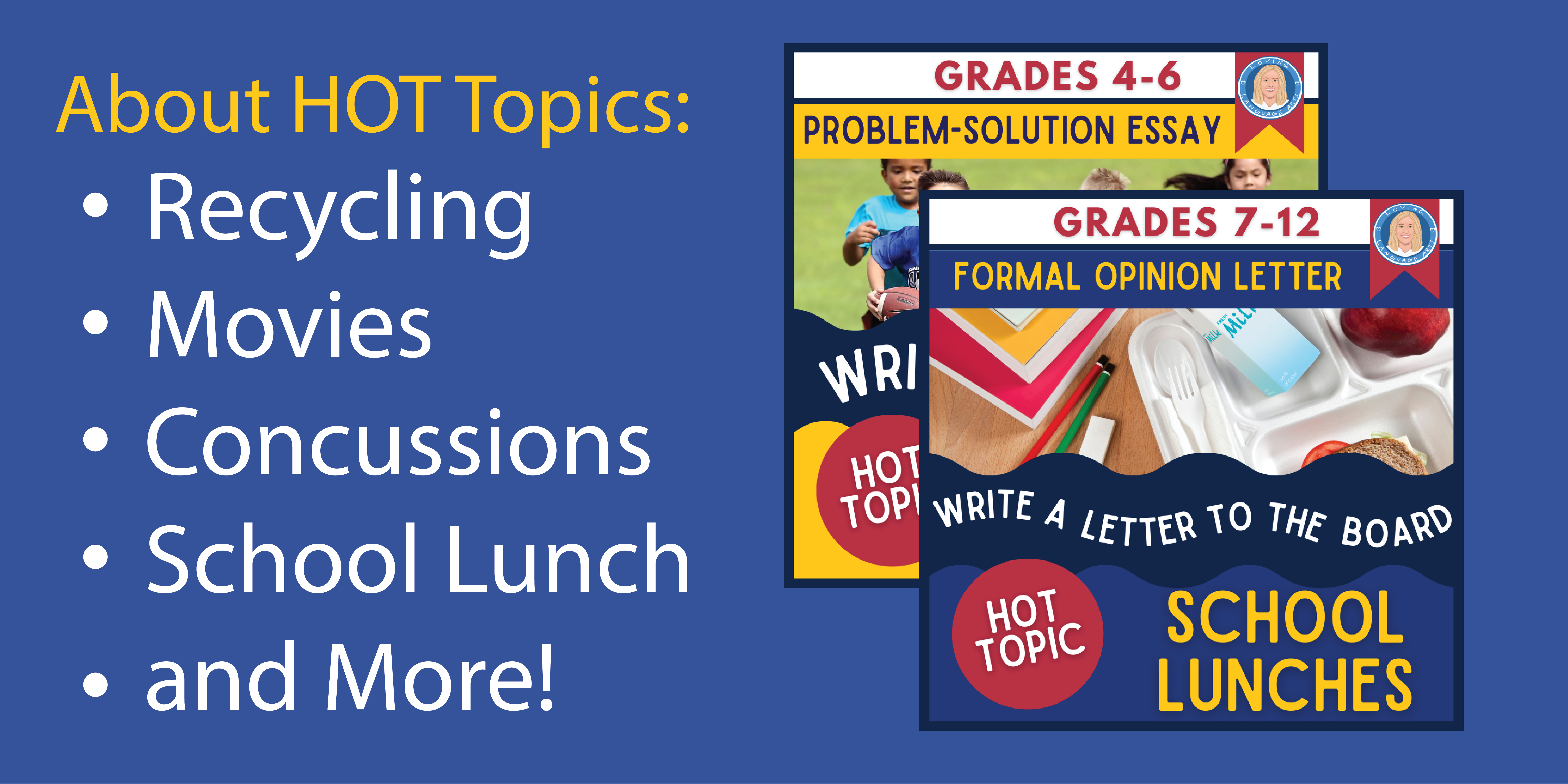
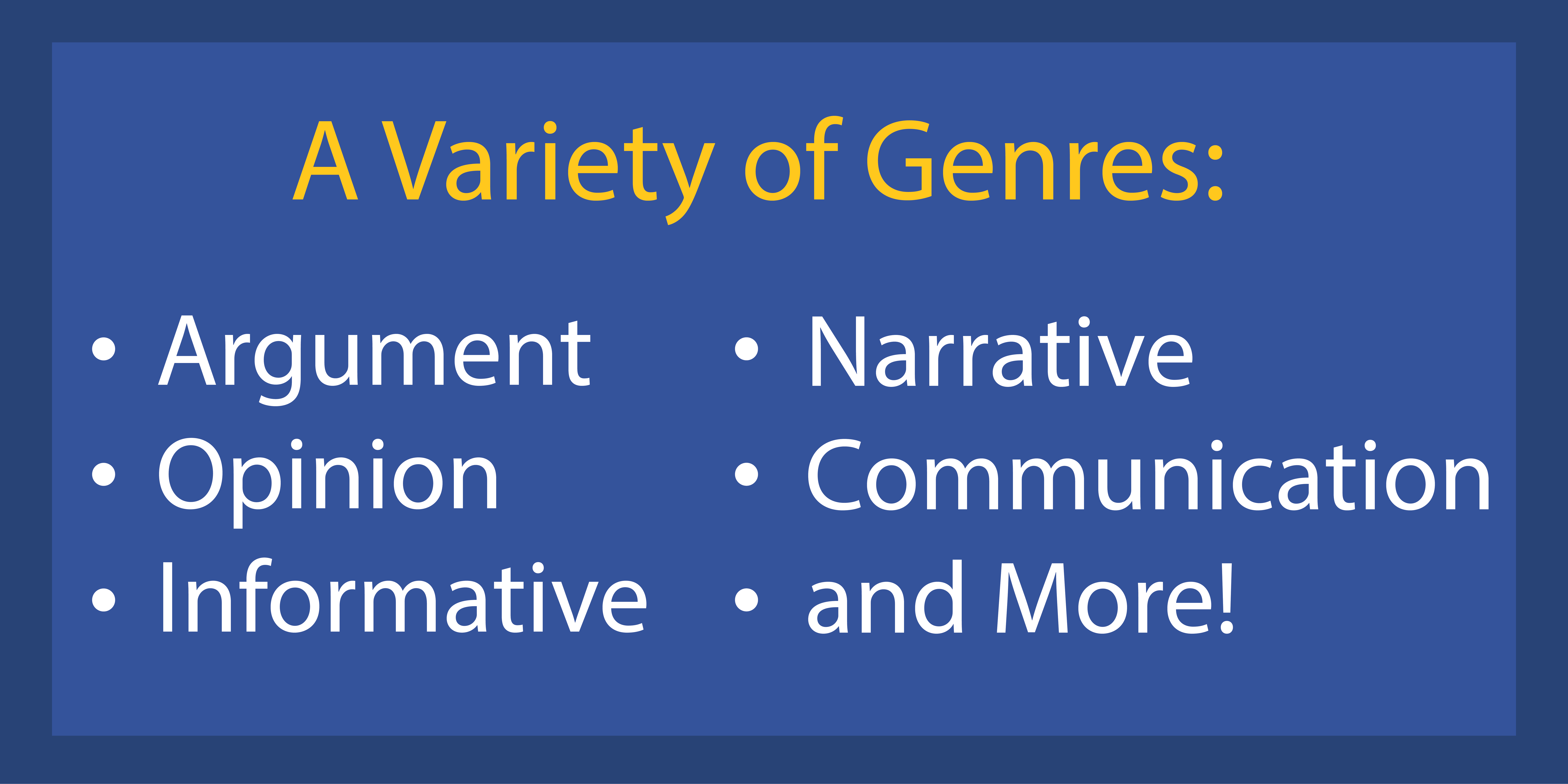

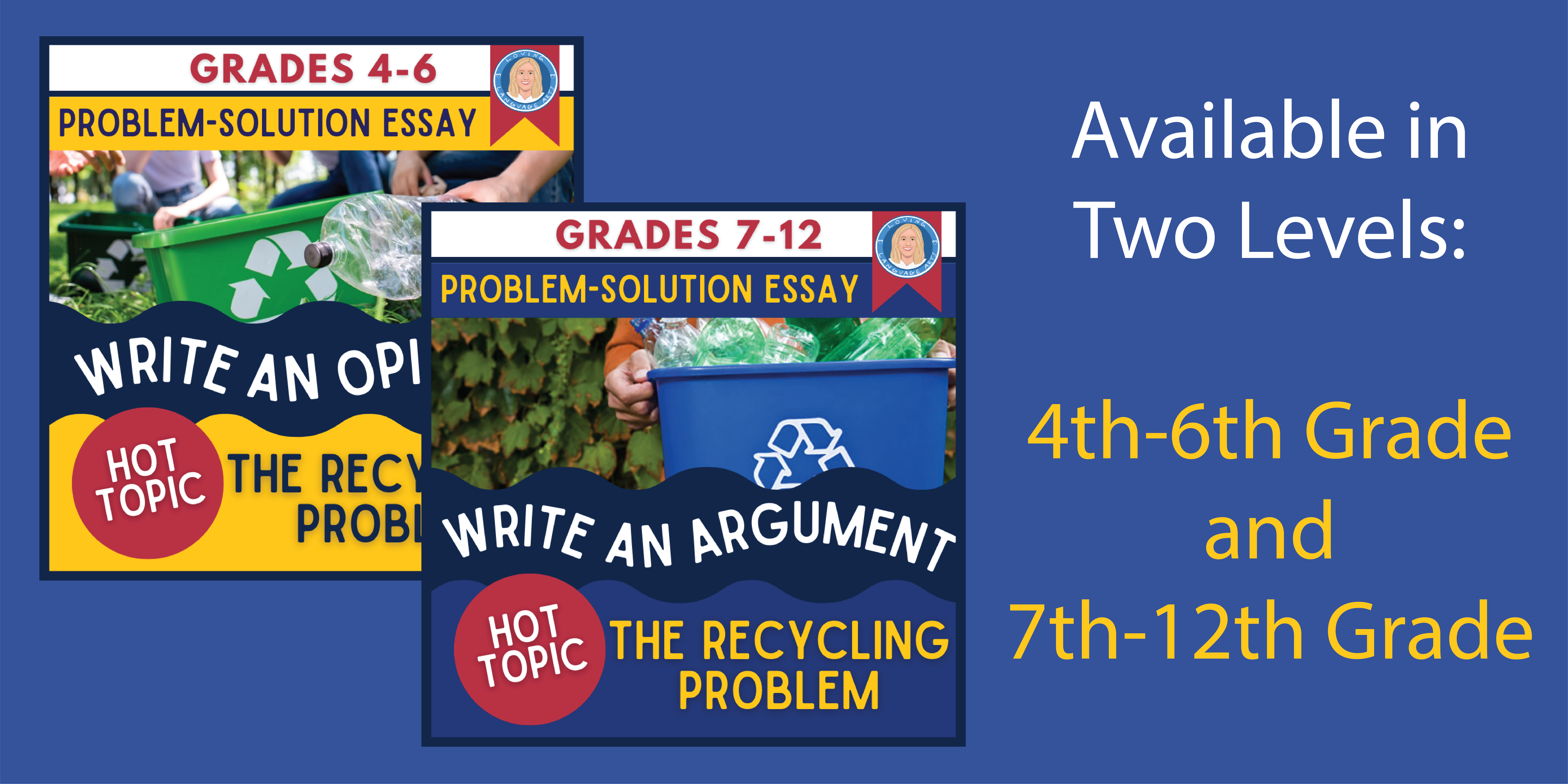

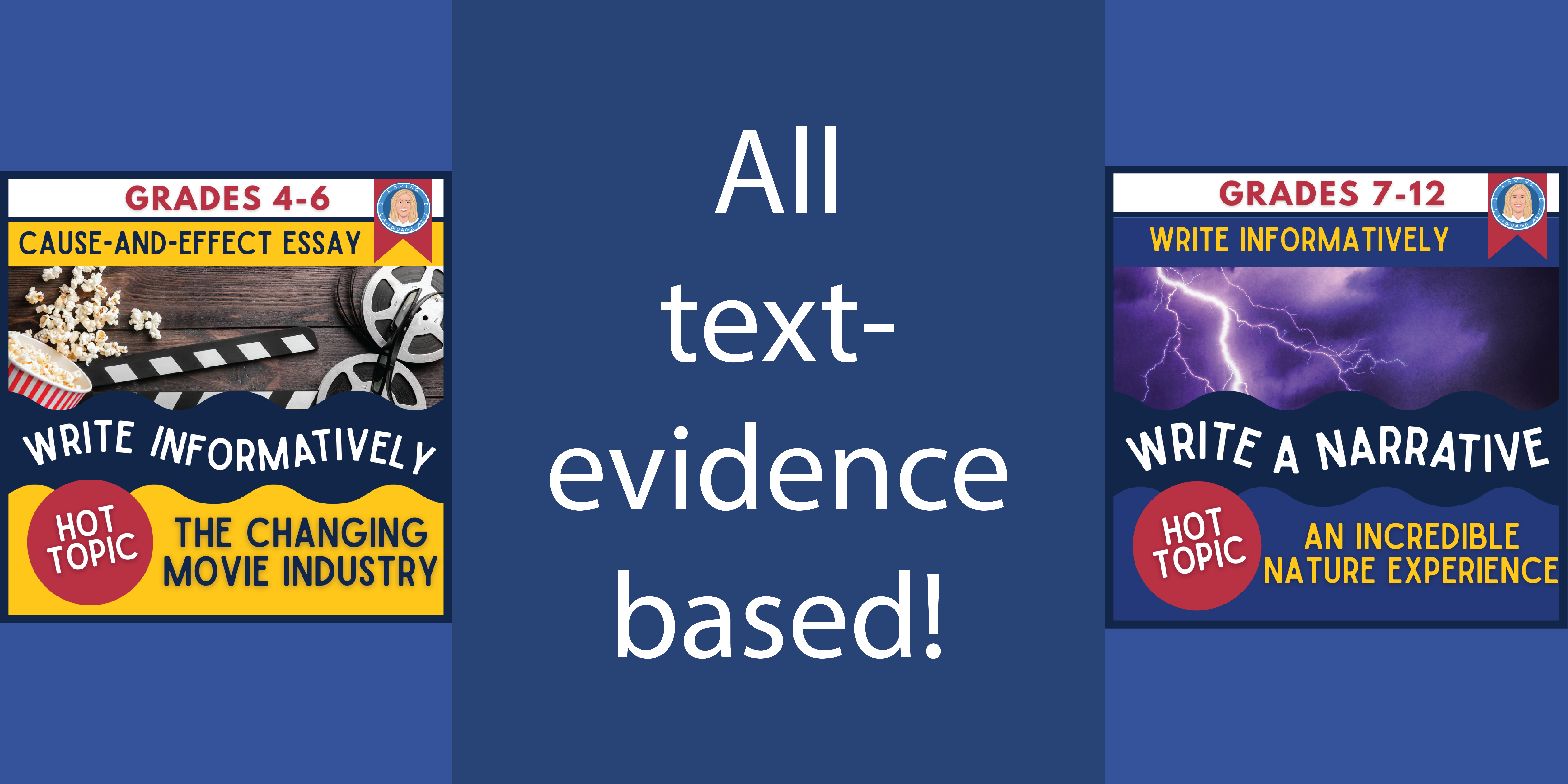
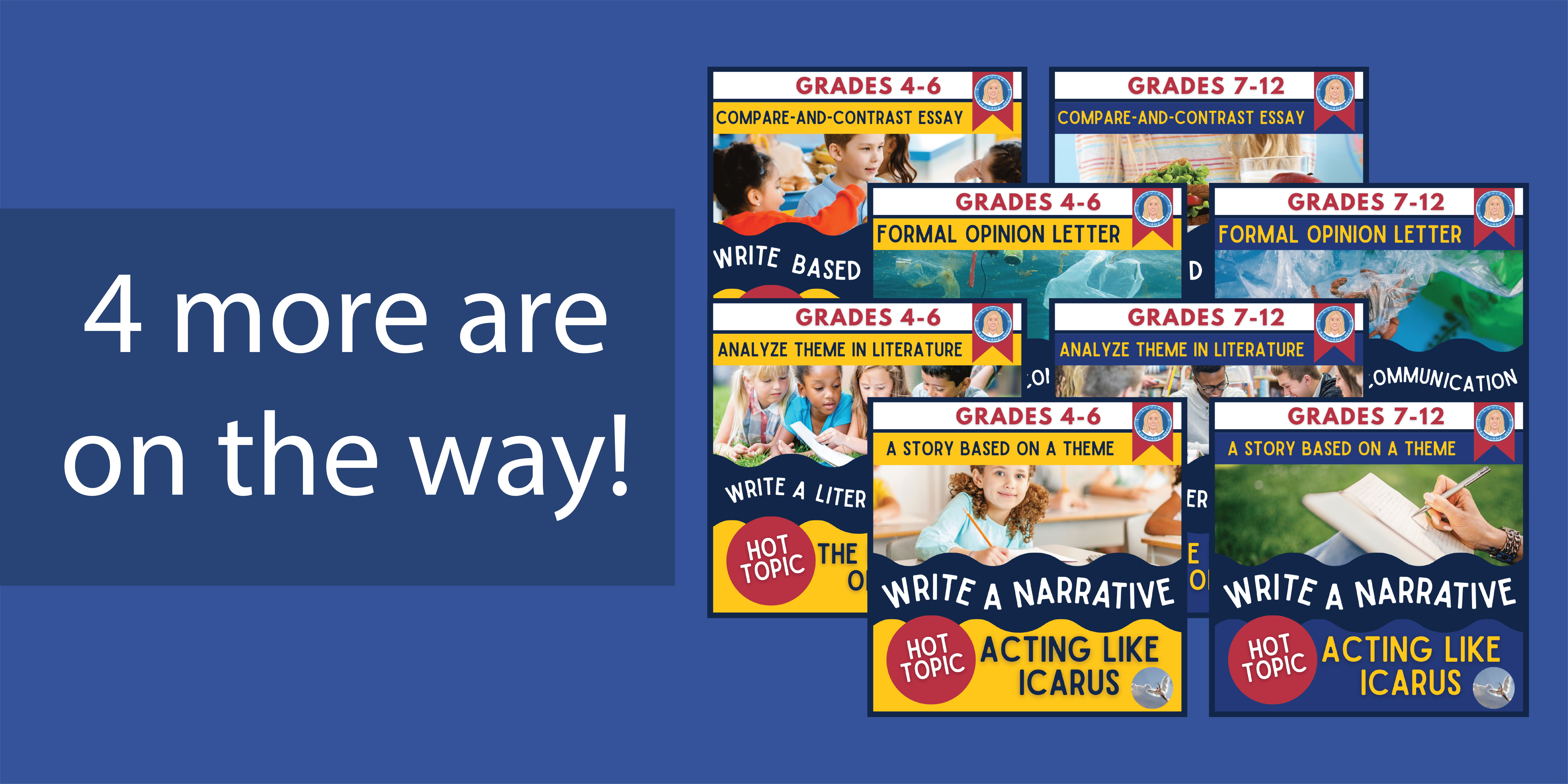
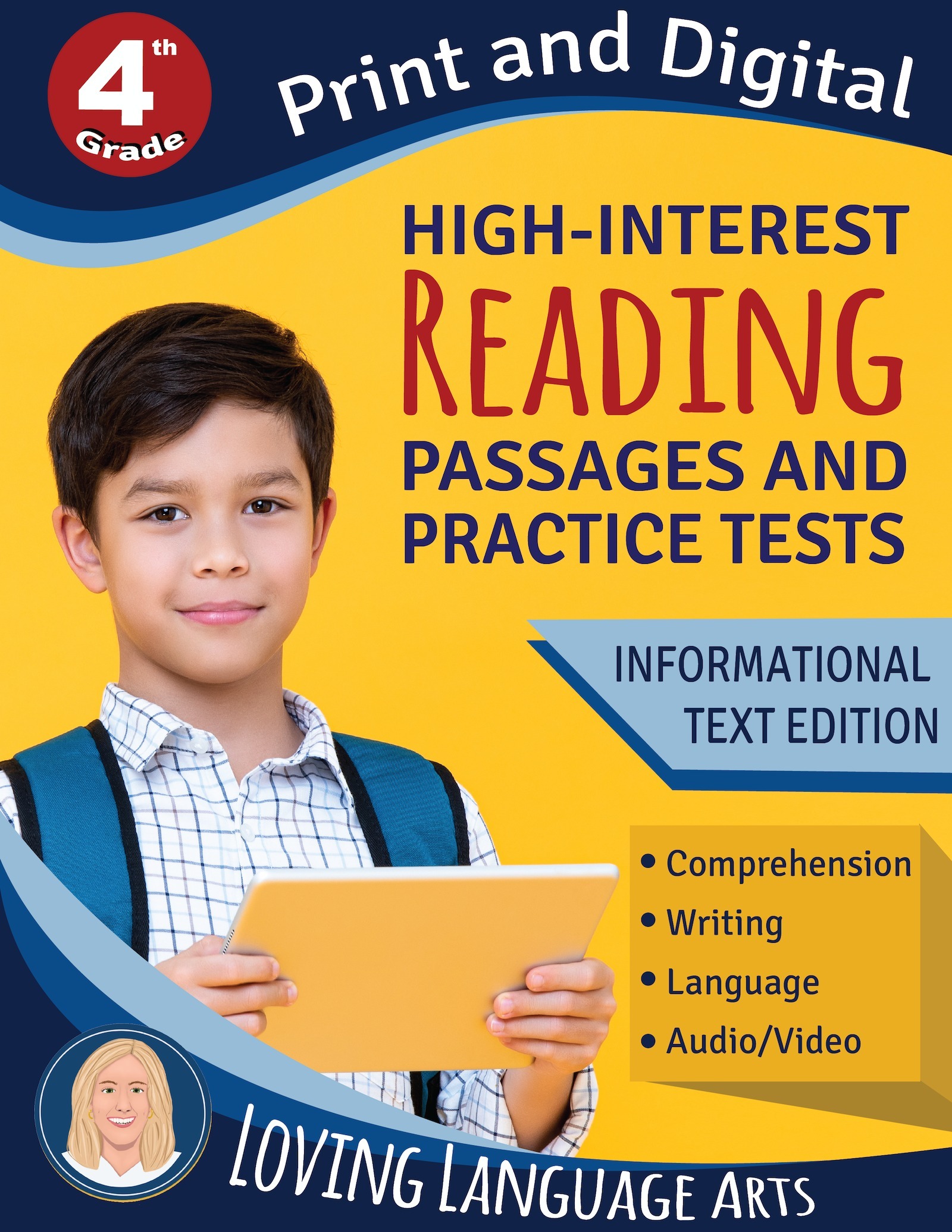
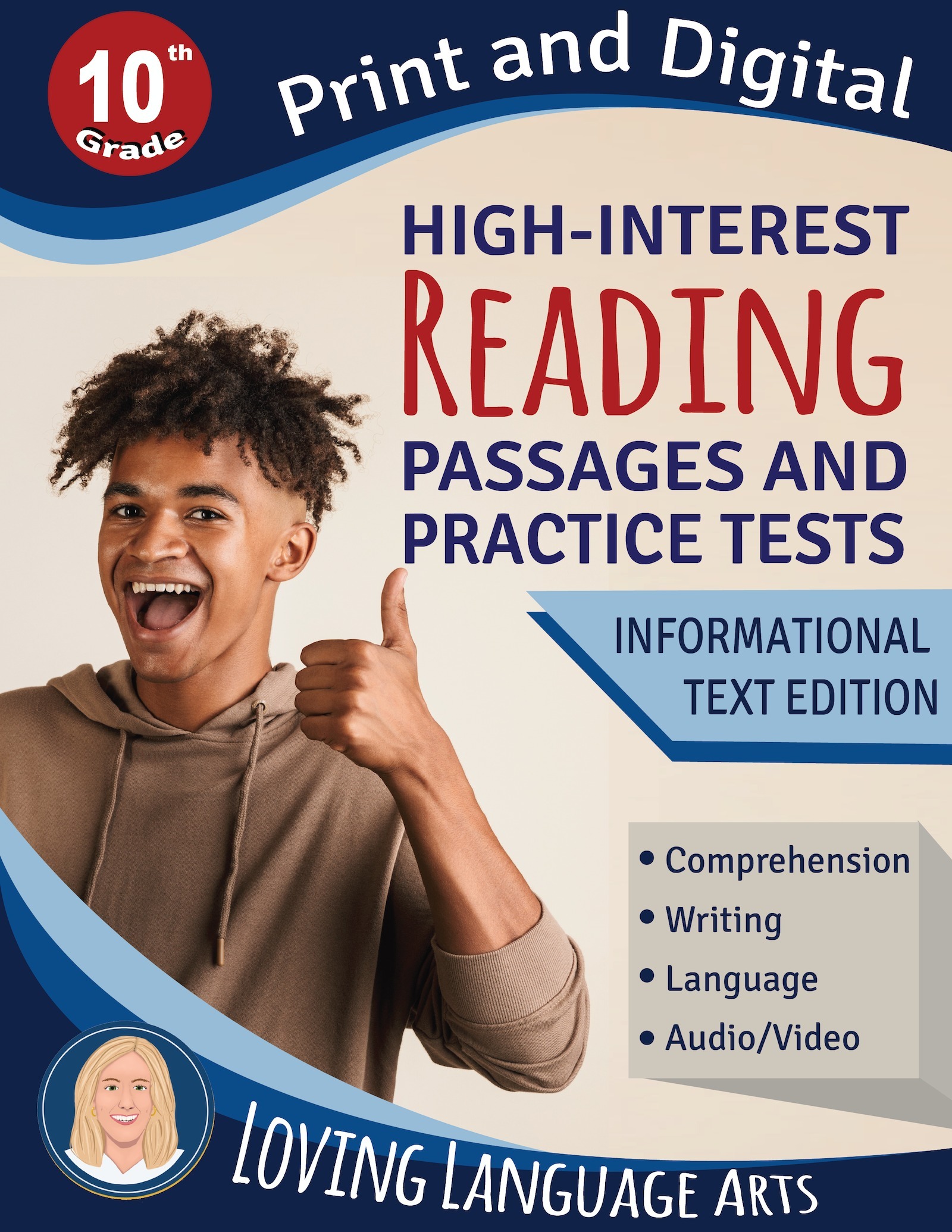
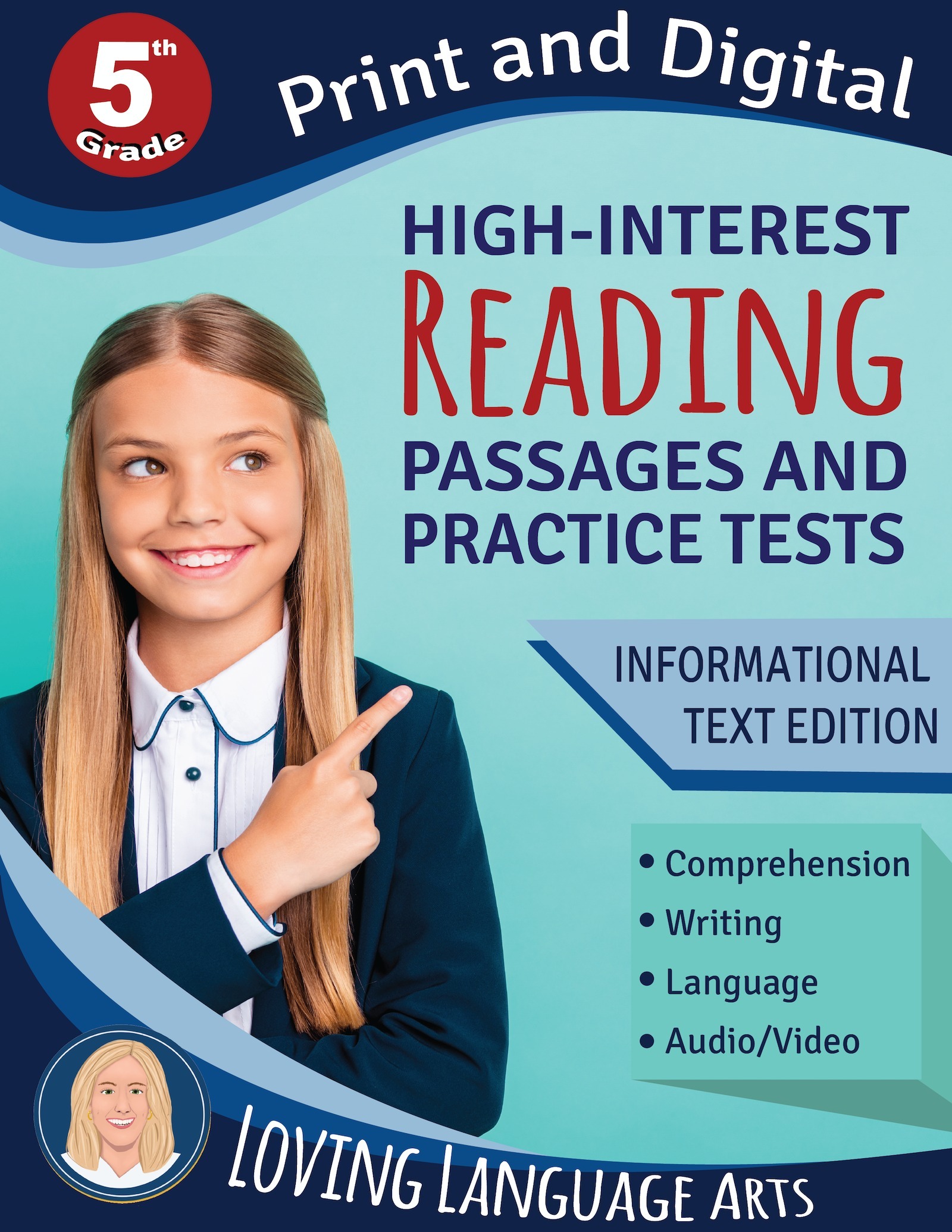
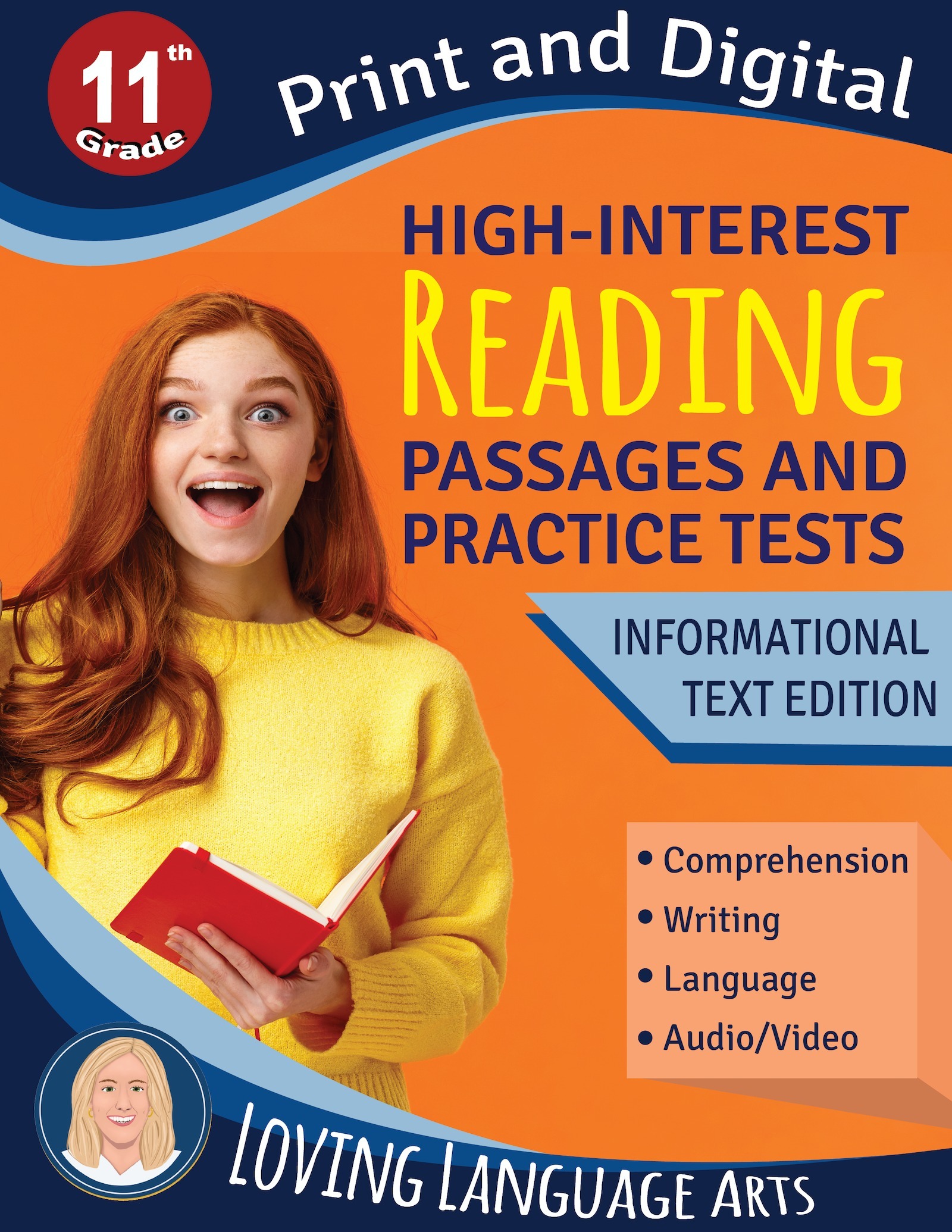

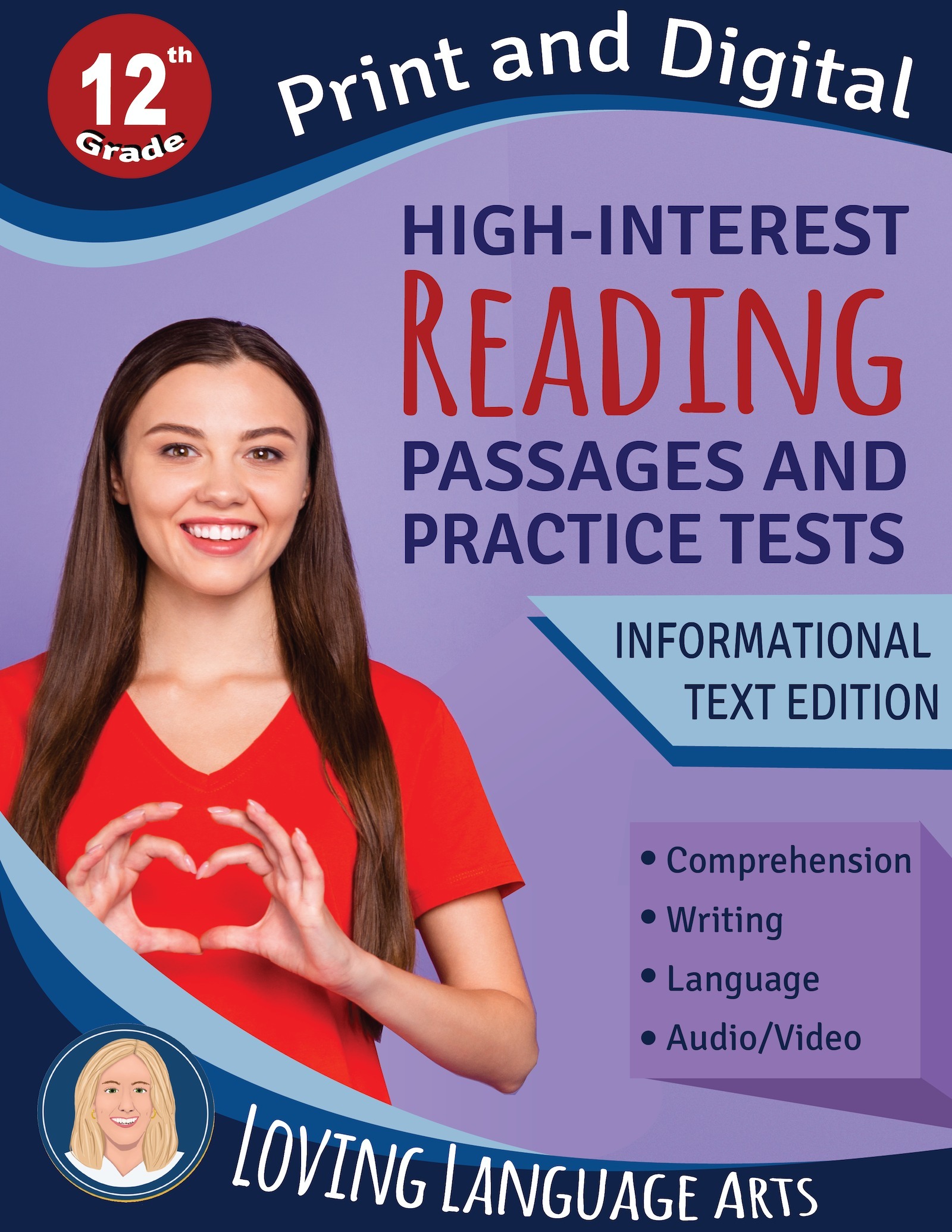
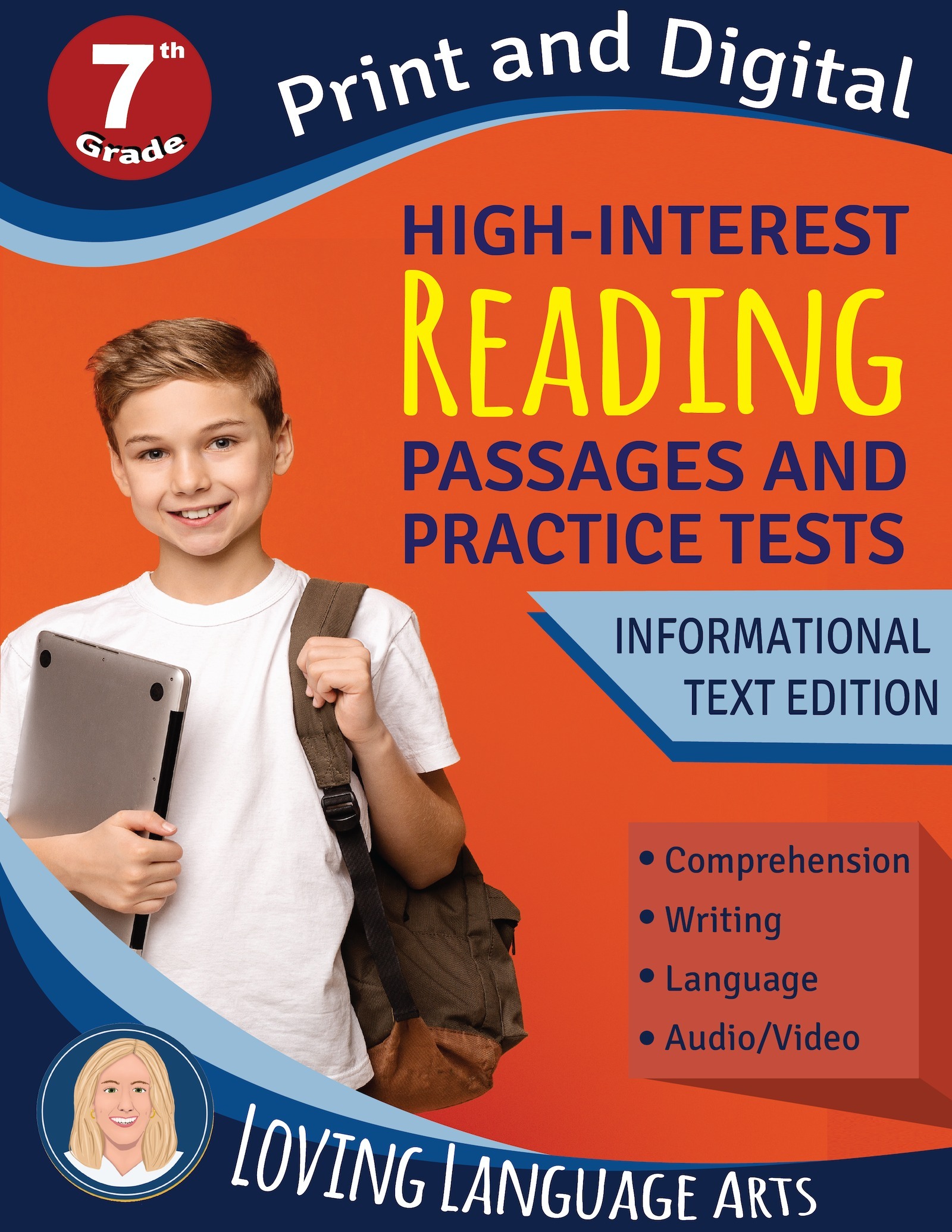
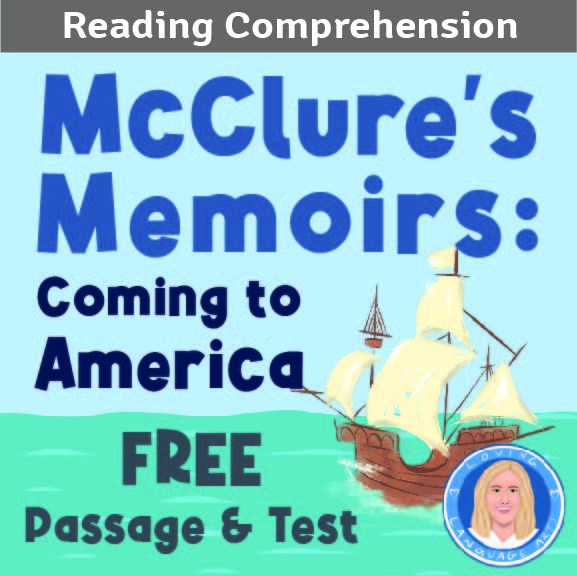


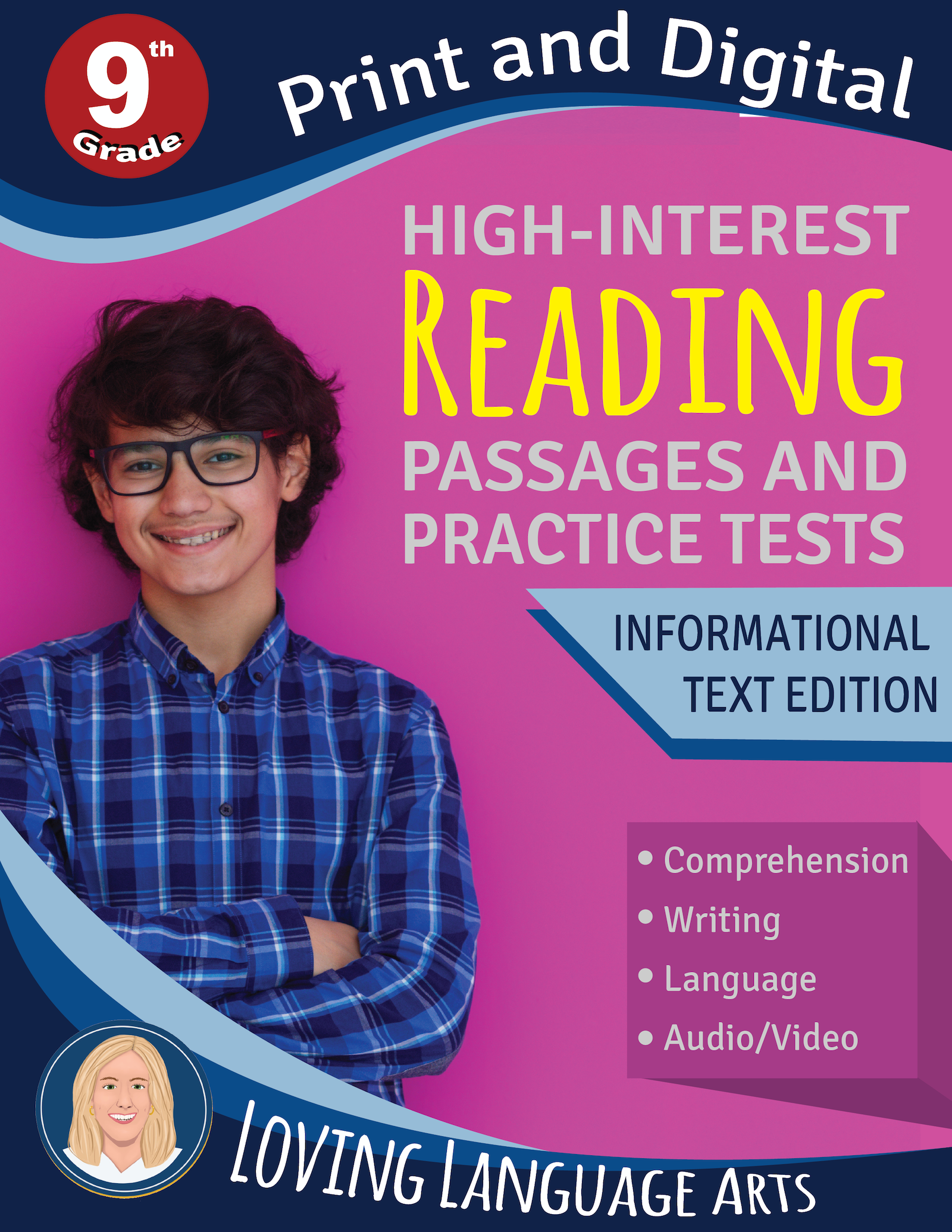
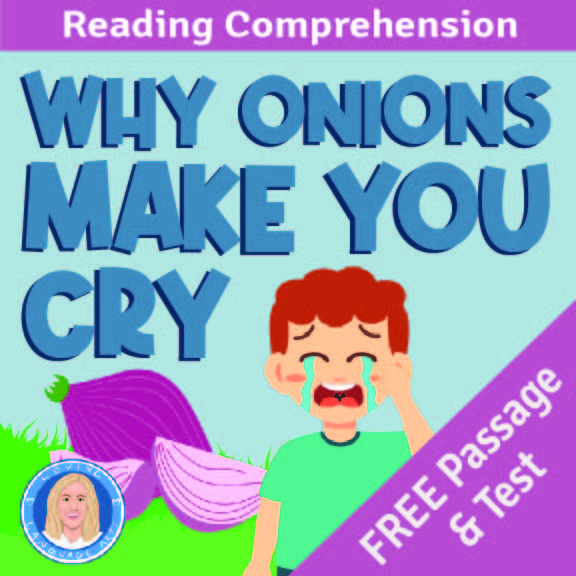

Comment